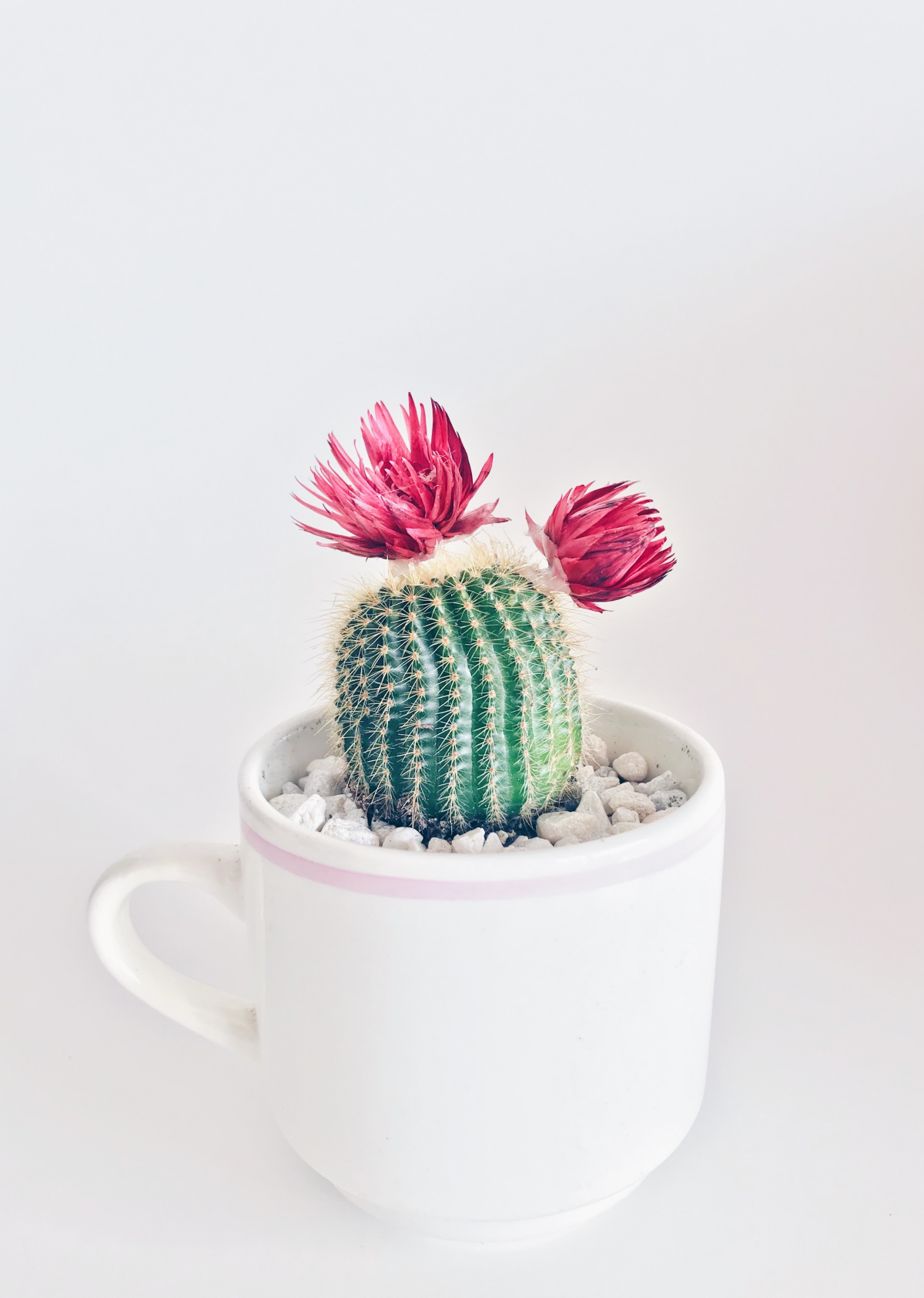Cactus Soil Essentials: The Ultimate Guide For Healthy Growth
Cactus soil transcends the usual definition of dirt. It’s a vital component that underpins the very existence of your cacti. This special blend is not just about providing a base for your plants to stand in. It’s about recreating a specific ecosystem that caters to the unique needs of these desert dwellers. For those venturing into the world of cacti cultivation, understanding the pivotal role of this soil is the first step. Unlike the soil used for most houseplants, this soil must be tailored to mimic the arid, nutrient-sparse conditions of these plant’s natural habitats. This way you can ensure […]
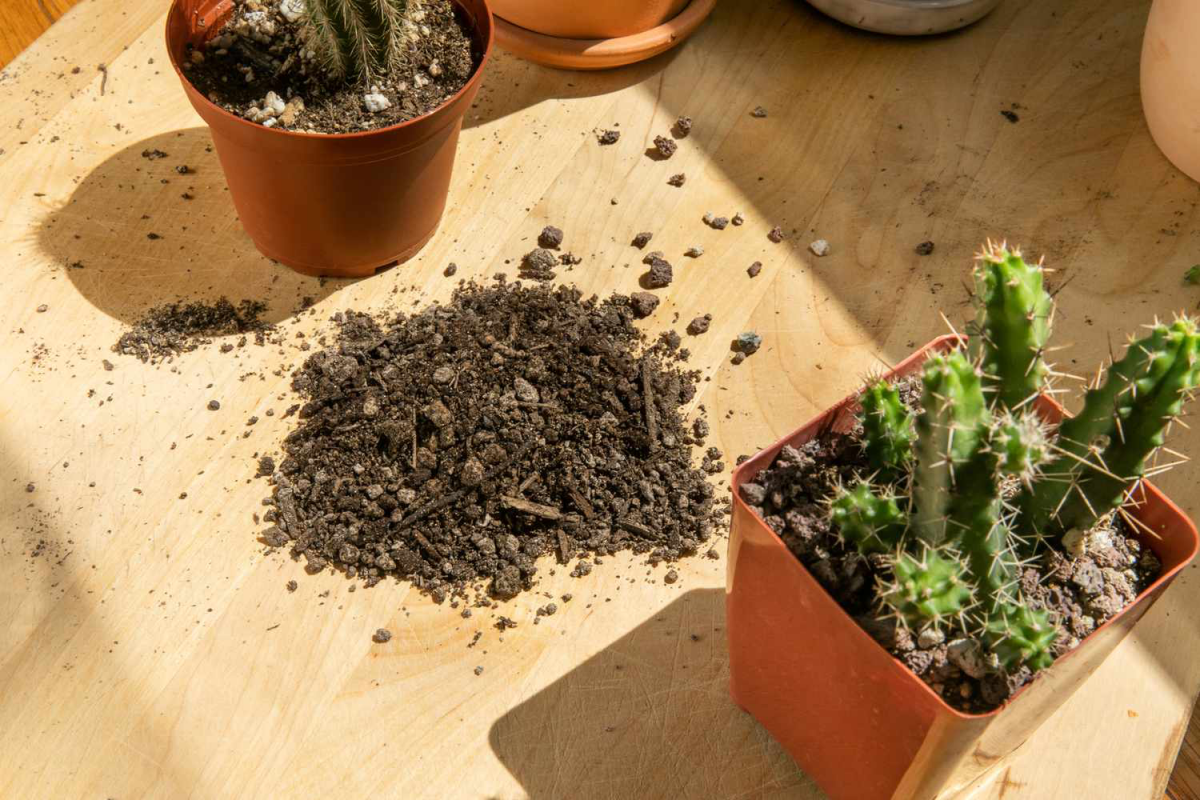
Cactus soil transcends the usual definition of dirt. It’s a vital component that underpins the very existence of your cacti. This special blend is not just about providing a base for your plants to stand in. It’s about recreating a specific ecosystem that caters to the unique needs of these desert dwellers. For those venturing into the world of cacti cultivation, understanding the pivotal role of this soil is the first step. Unlike the soil used for most houseplants, this soil must be tailored to mimic the arid, nutrient-sparse conditions of these plant’s natural habitats. This way you can ensure that these resilient yet delicate plants not only survive but thrive.
Cactus soil transcends the usual definition of dirt

@The Spruce
What Is Cactus Soil?
Cactus soil is more than just a growing medium. It’s a carefully crafted blend that emulates the arid environments native to most cacti. This specialized potting mix is engineered to provide optimal drainage. It ensures that water passes through quickly to avoid waterlogging. Yet it retains just enough moisture to meet the needs of the cacti’s roots. The delicate balance between drainage and moisture retention is key in this soil, as it supports the unique hydration needs of these plants without the risk of root rot.
Cactus soil is a carefully crafted blend that emulates the arid environments native to cacti
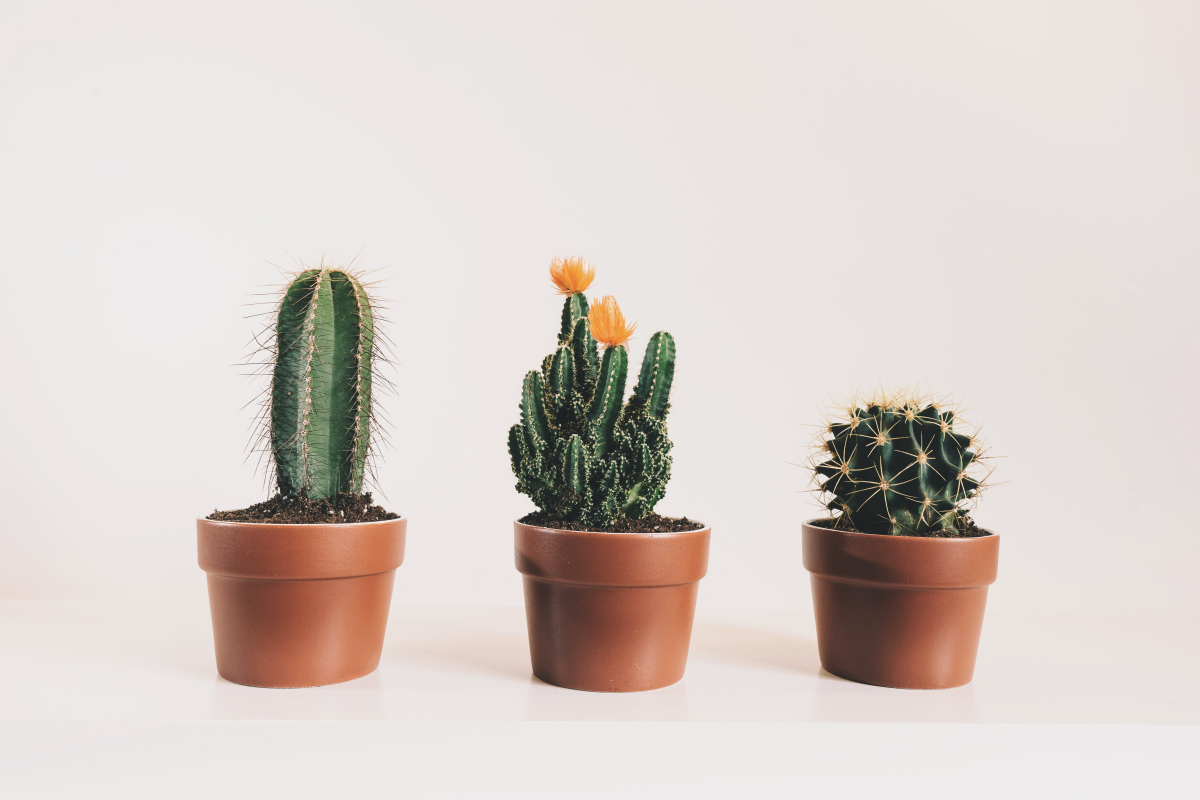
Benefits of Cactus Soil
The benefits of using this soil are multifaceted. Primarily, it addresses the issue of waterlogging, which is a common challenge in cactus care. By providing excellent drainage, cactus soil ensures that excess water doesn’t linger around the roots. This is what usually leads to root rot. Furthermore, this specialized soil mix strikes the perfect balance between nutrient content and airflow. Such a composition is crucial for the development of healthy roots and robust plants. Using specialized soil not only promotes better growth but also enhances the overall health of the cacti.
This soil lays a strong foundation for thriving plants
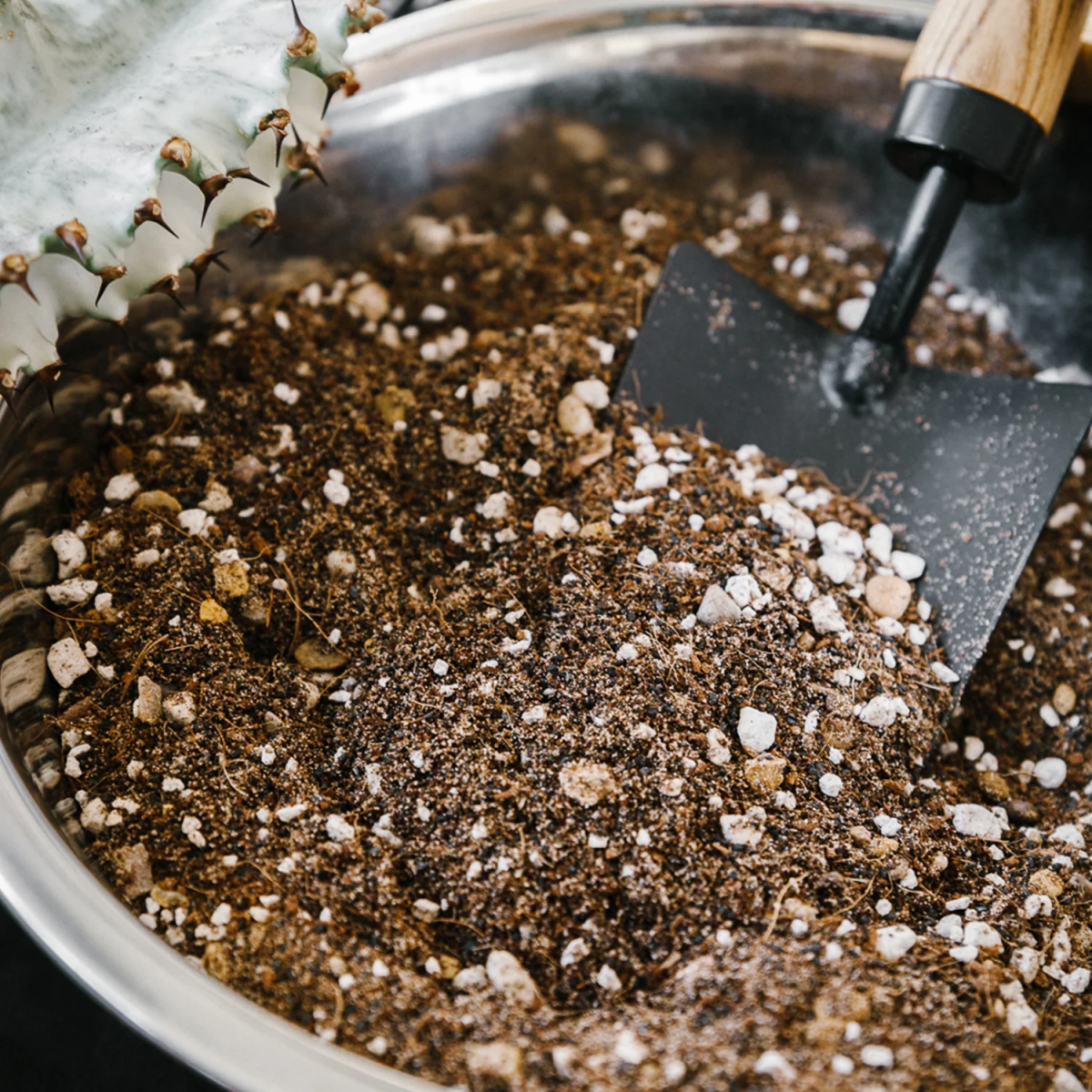
Cactus Soil vs Potting Mix
This type of soil and regular potting mix are fundamentally different in their composition and purpose. While a standard potting mix is designed to retain moisture to cater to the needs of most houseplants, cactus soil takes a different approach. It is formulated to allow for rapid drainage. This is essential for cacti that are prone to root rot in overly moist conditions. The texture of this soil is typically less dense, so it’s better at promoting air circulation around the roots.
This type of soil and regular potting mix are fundamentally different in their composition

Composition
Potting soil and cactus soil differ significantly in their composition. Traditional potting soil is a blend designed for a wide range of houseplants, typically containing a mix of peat moss, vermiculite, and compost. This combination is geared towards retaining moisture and providing a nutrient-rich environment. In contrast, cactus soil has a more specialized composition, featuring coarse sand and perlite, which enhance drainage and prevent water from pooling. The addition of organic matter is more conservative in cactus soil, catering to the specific nutrient requirements of cacti without over-enriching the soil.
The composition of this soil is a carefully calibrated mix
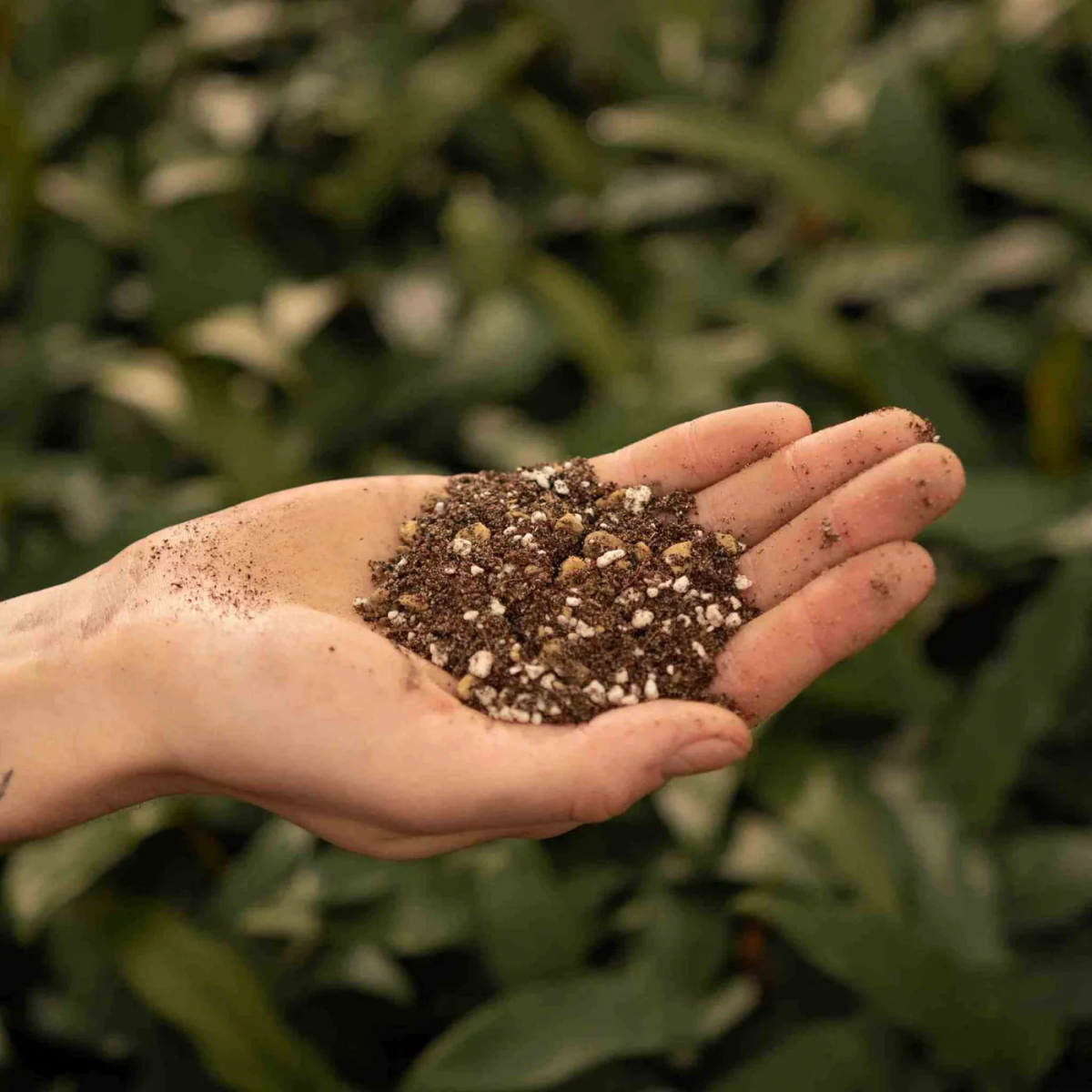
Aeration
Aeration is a critical factor in soil selection for different plant types. Regular potting soil tends to hold moisture and air within its more compact structure, which is ideal for many houseplants that require consistent moisture. However, for cacti, excessive moisture retention can be harmful. Cactus soil contains porous materials like perlite and coarse sand, creating air pockets that promote efficient drainage and airflow. This structure ensures that roots receive the oxygen they need without the risk of water stagnation, which is a common issue in denser potting soils.
Aeration in cactus soil is not just beneficial – it’s essential
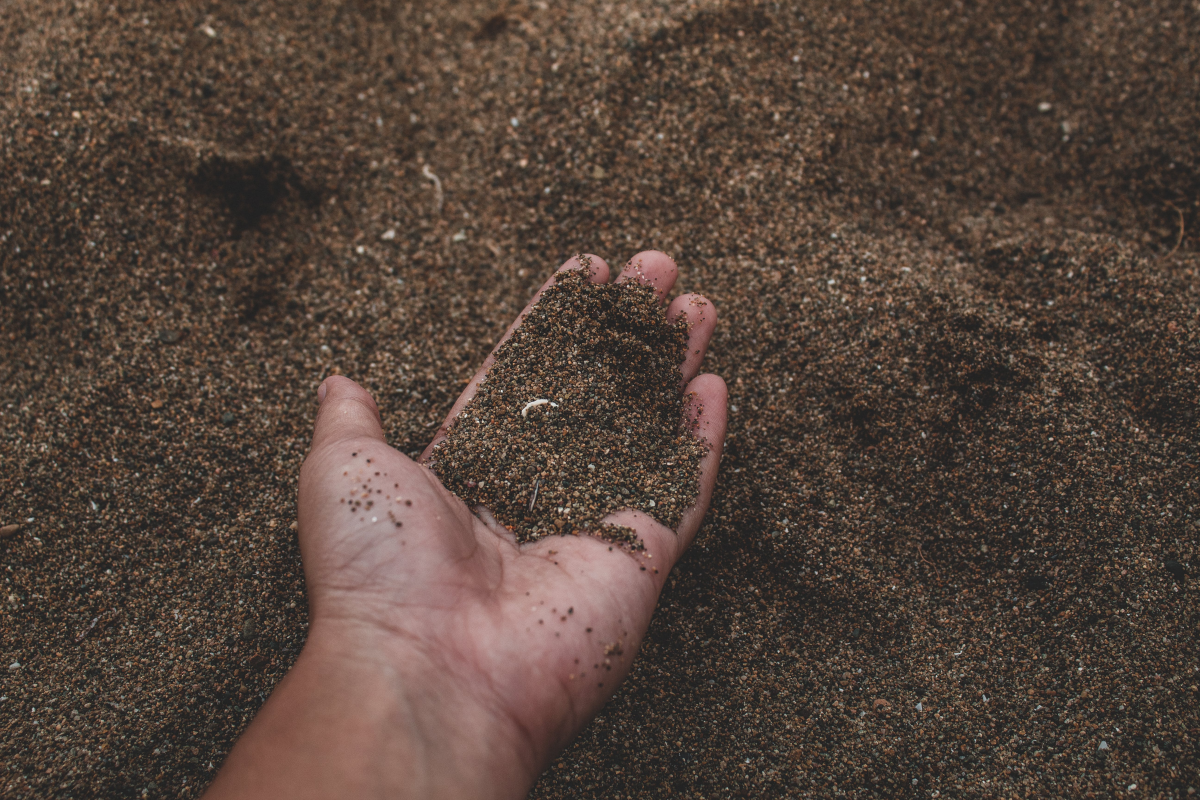
Water retention
The water retention capabilities of potting soil and cactus soil are tailored to the plants they are intended for. Standard potting soils are designed to retain water for a longer period, suitable for plants that thrive in a moist environment. Cactus soil, however, strikes a balance between retaining enough moisture for hydration and preventing waterlogging. Its organic components absorb and release moisture slowly, providing a consistent but limited water supply, in contrast to the more absorbent nature of regular potting soil.
Cactus soil should retain enough moisture to hydrate the roots
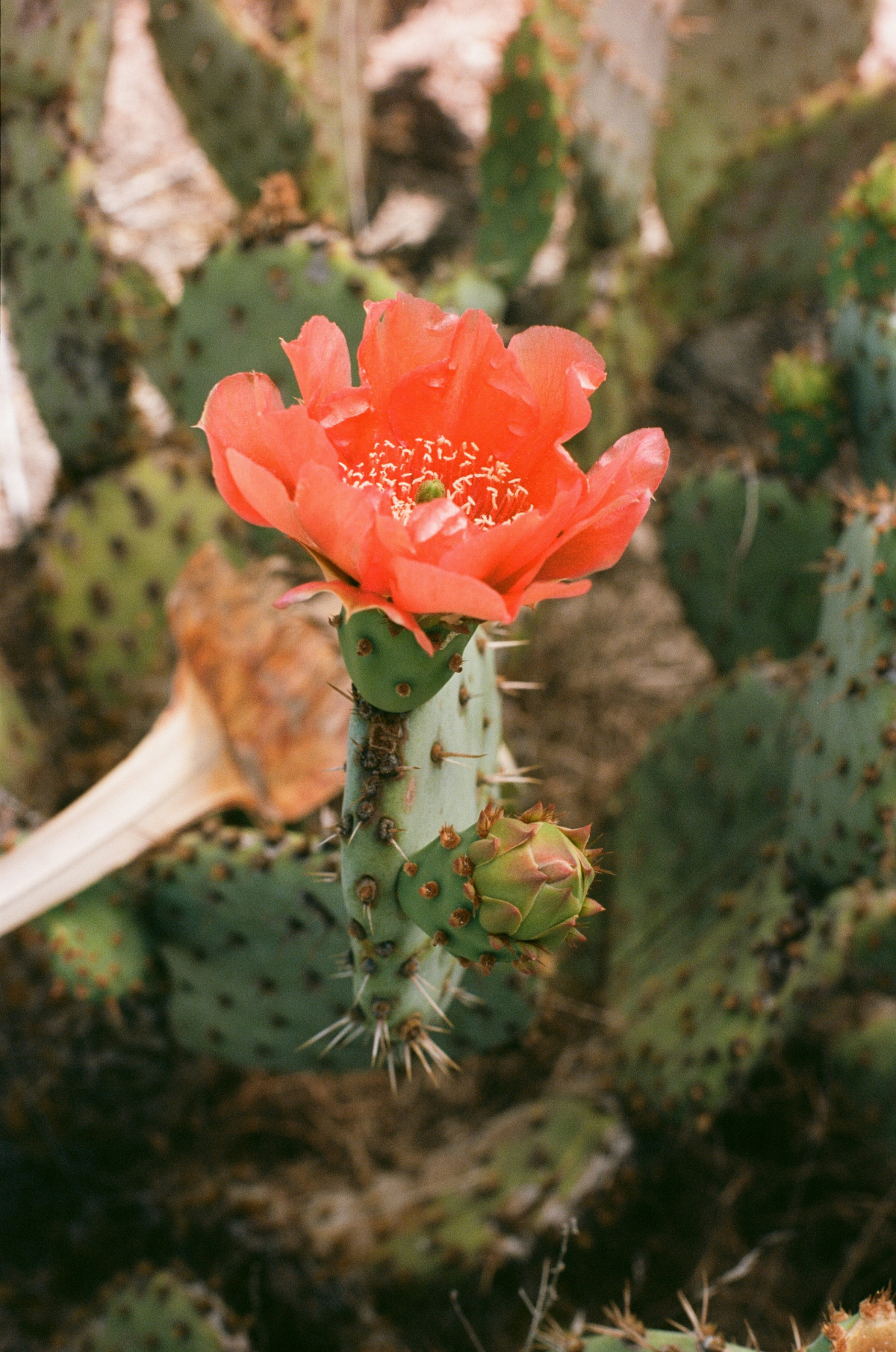
Drainage
Drainage is where cactus soil stands apart from regular potting soil. In potting soil, the focus is on maintaining a level of moisture conducive to a variety of plants, which often means slower drainage. Cactus soil, on the other hand, is designed to let excess water escape quickly. The inclusion of non-absorbent materials like perlite and coarse sand in cactus soil increases its porosity, ensuring that water doesn’t linger around the roots, which is vital for the health of cacti that are prone to root rot in damp conditions.
Effective drainage is paramount in cactus care

Nutrients
When it comes to nutrient content, potting soil and cactus soil have different priorities. Potting soil is generally richer in nutrients, providing a comprehensive feeding solution for a wide range of plants. This richness is suitable for plants with higher nutritional needs. Cactus soil, however, has a more restrained nutrient profile. It provides just enough nourishment for cacti, which are accustomed to the nutrient-sparse conditions of their natural habitats. This prevents the risk of overgrowth and supports a balanced growth rate, contrasting with the more fertile nature of standard potting soil.
Cactus soil is less rich in nutrients compared to regular potting mixes
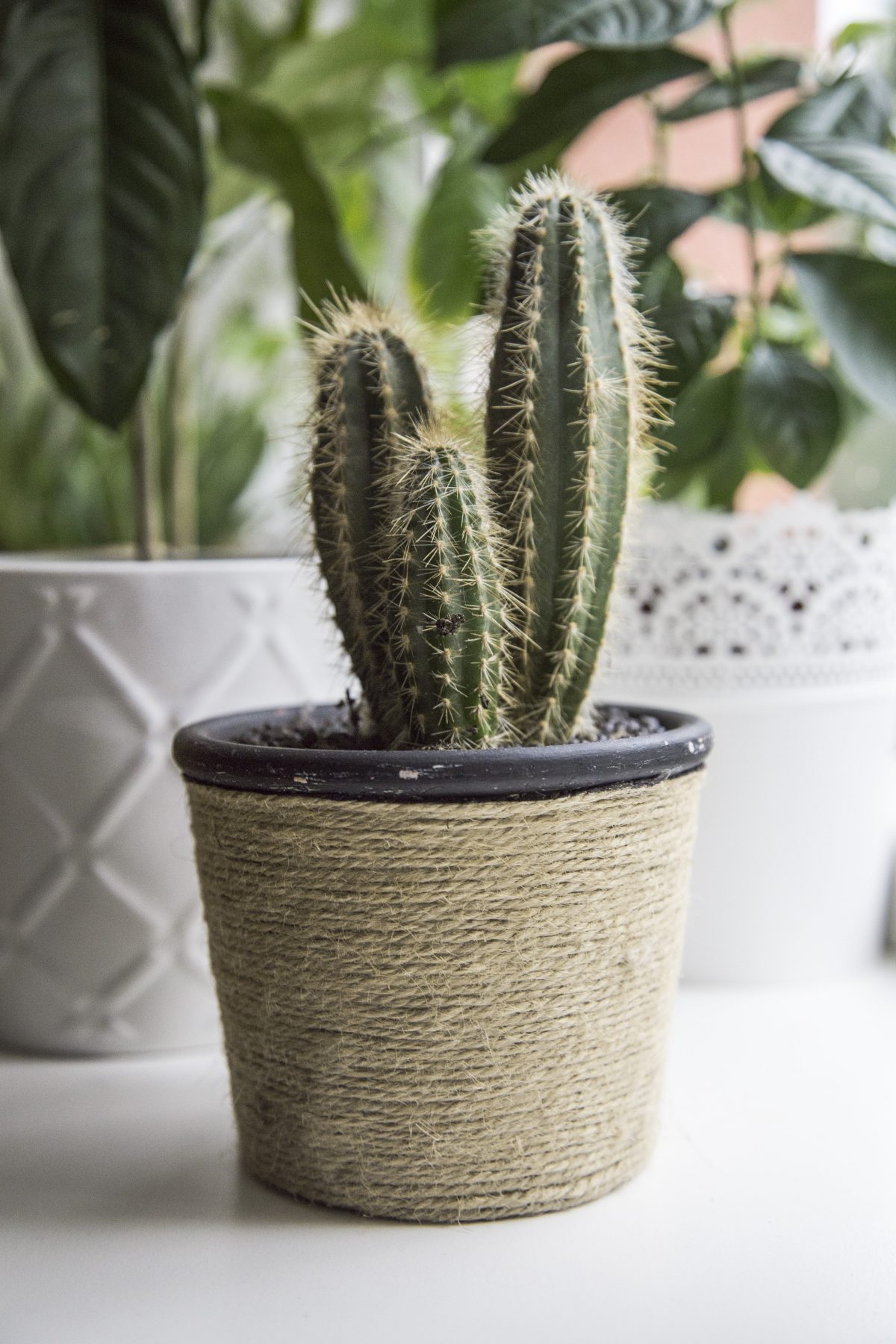
How To Make Your Own Cactus Soil
Creating your own cactus soil blend is not only economical but also allows you to tailor the mix to the specific needs of your cacti. Here’s a detailed recipe and step-by-step instructions to help you craft an effective cactus soil at home.
Creating your own cactus soil blend allows you to tailor the mix to the specific needs of your cacti
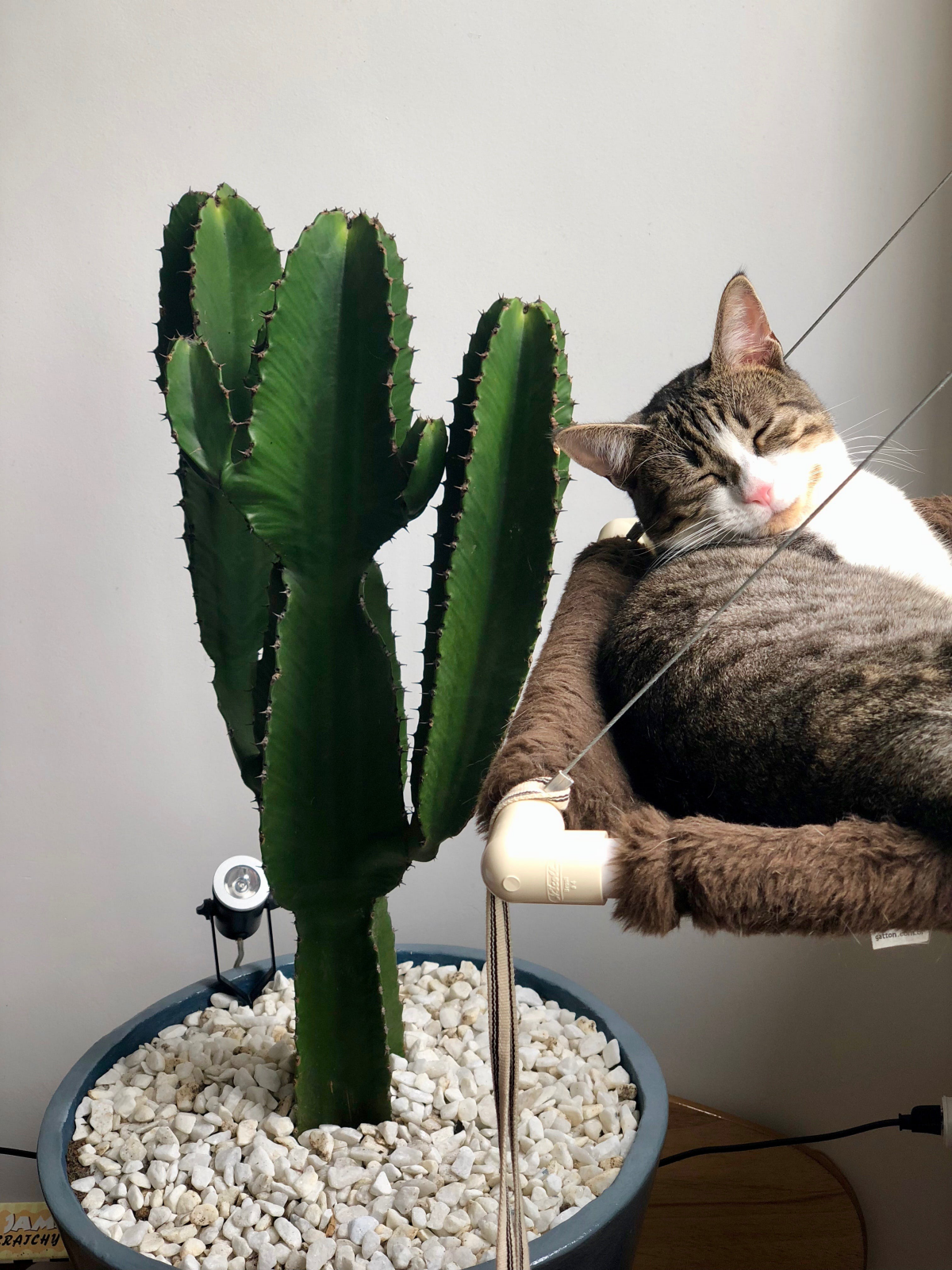
Materials:
- 1 part organic material (coir or compost)
- 1 part coarse sand
- 1 part perlite
- A large mixing container
- Measuring container
- Gloves (optional, but recommended)
- A mask (to avoid inhaling dust from dry components)
Steps:
- Use your measuring container to scoop out equal parts of coir or compost, coarse sand, and perlite. The ‘parts’ here are relative – use the same container for each material to ensure consistency in your ratios.
- Pour the measured ingredients into your large mixing container. Begin to mix them thoroughly. It’s important to ensure that the ingredients are evenly distributed to create a uniform mix. If the coir or compost is particularly dry, consider moistening it slightly with water to reduce dust and ease mixing.
- Once mixed, feel the texture of your soil. It should feel gritty, but also have a slight give due to the organic material. If it feels too dense or heavy, add a bit more perlite. If it seems too loose or sandy, add a bit more coir or compost.
- Conduct a simple moisture test by squeezing a handful of the soil. It should hold together lightly but break apart easily when you poke it. This indicates good moisture retention without excessive water holding.
Feel the texture of your soil
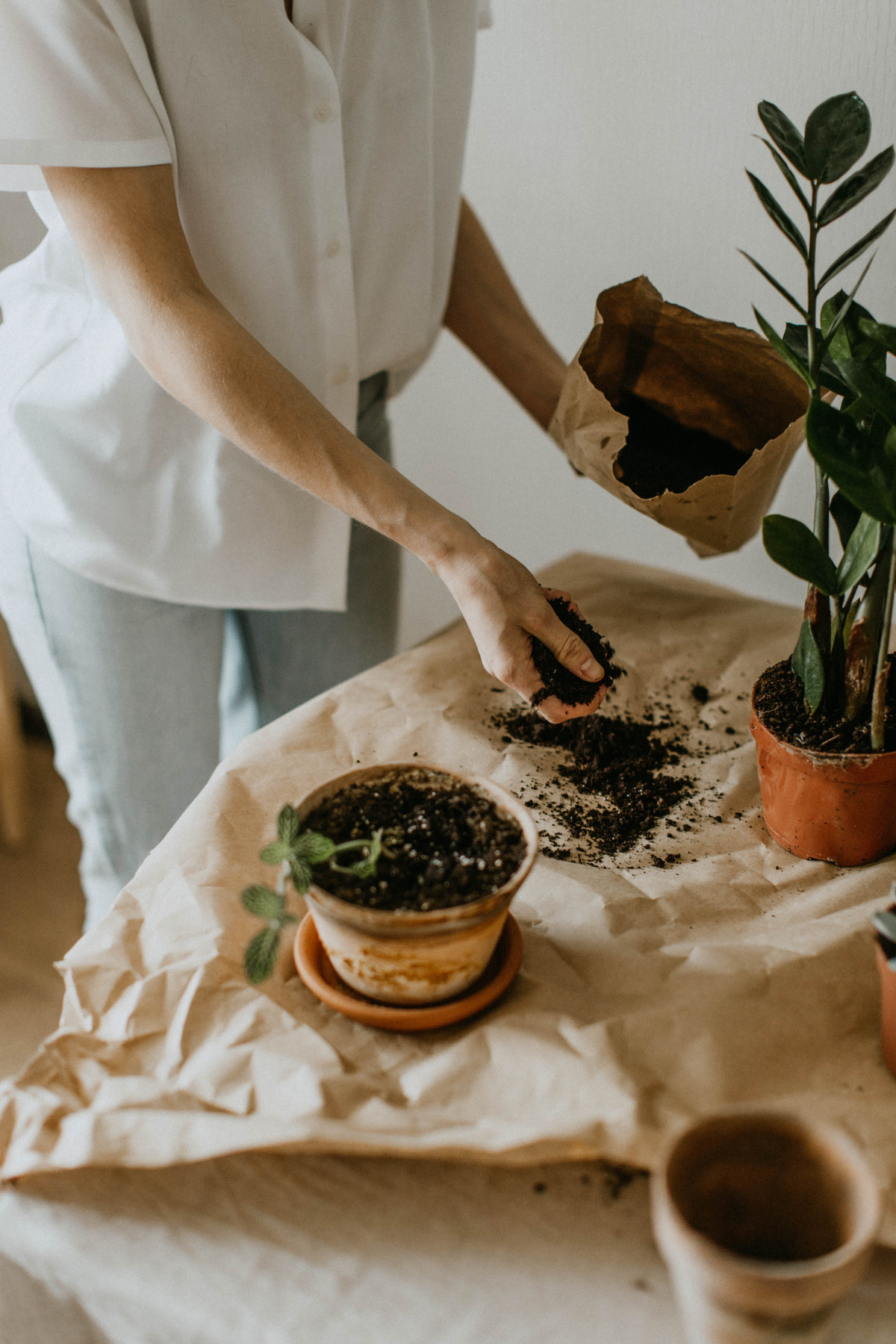
Important tips
Storage: Store your soil in a clean, dry container with a lid. This will keep it ready for use and prevent contamination from pests or other elements.
Customization: Depending on the specific needs of your cacti, you might need to adjust the ratios. For instance, desert cacti prefer a grittier mix (more sand and perlite), while forest cacti might require a bit more organic matter.
Testing: Before using your mix for planting, consider testing it with a few plants to see how they respond. You can adjust the mix based on their growth and health.
Store your soil in a clean, dry container with a lid
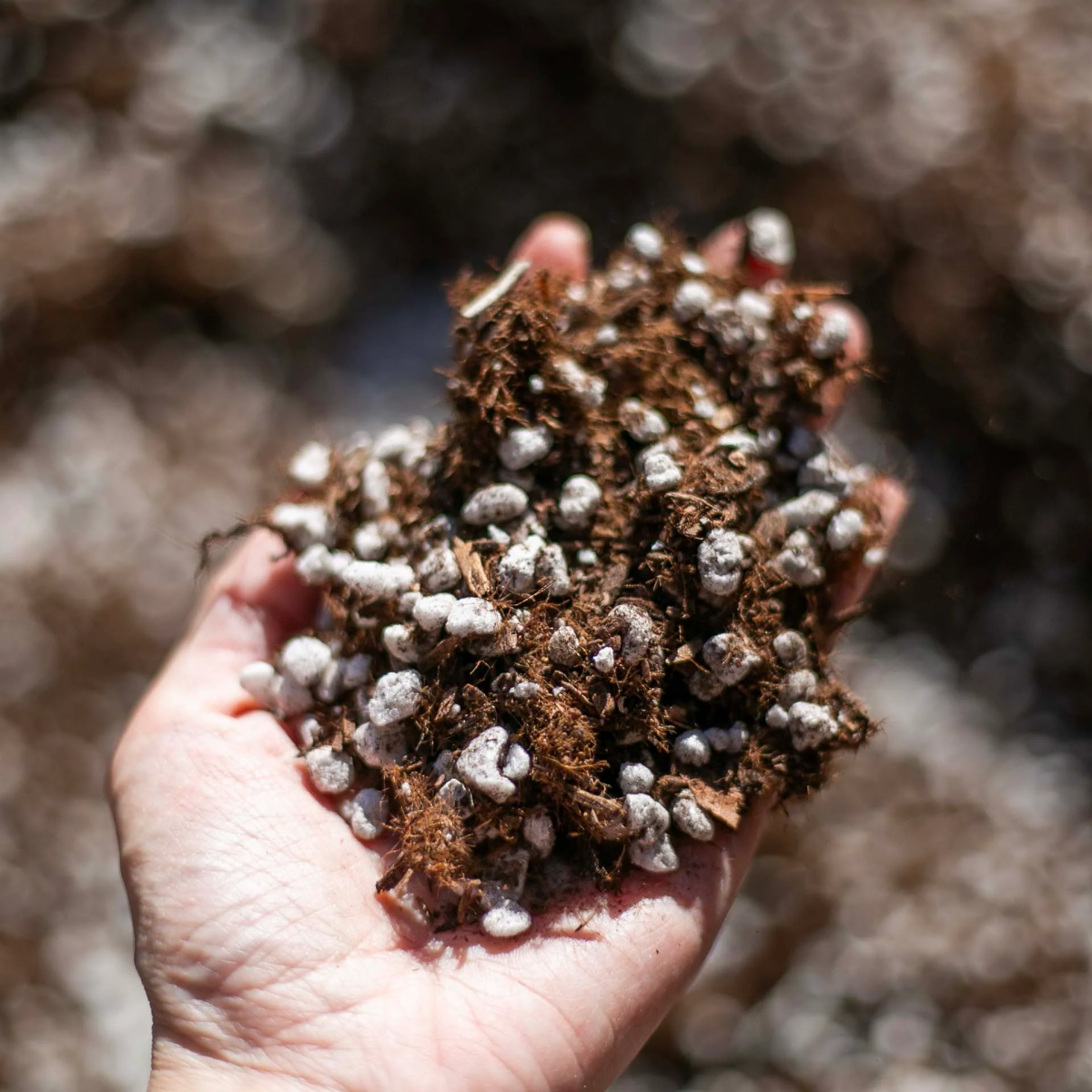
Do You Water Cactus Soil?
Watering cactus soil is a delicate balance that requires careful attention. While cacti do need water, they require far less than most other plants. The key is to wait until the soil is completely dry before watering again. This mimics the natural desert conditions where cacti thrive, experiencing infrequent but deep watering. When you do water, ensure it’s a moderate amount that soaks the soil without leaving it soggy. Overwatering is one of the most common mistakes in cactus care, leading to root rot and other health issues. Always check the soil’s moisture level by inserting a finger an inch deep into the soil. If it feels dry at that depth, it’s time to water.
The key is to wait until the soil is completely dry before watering again
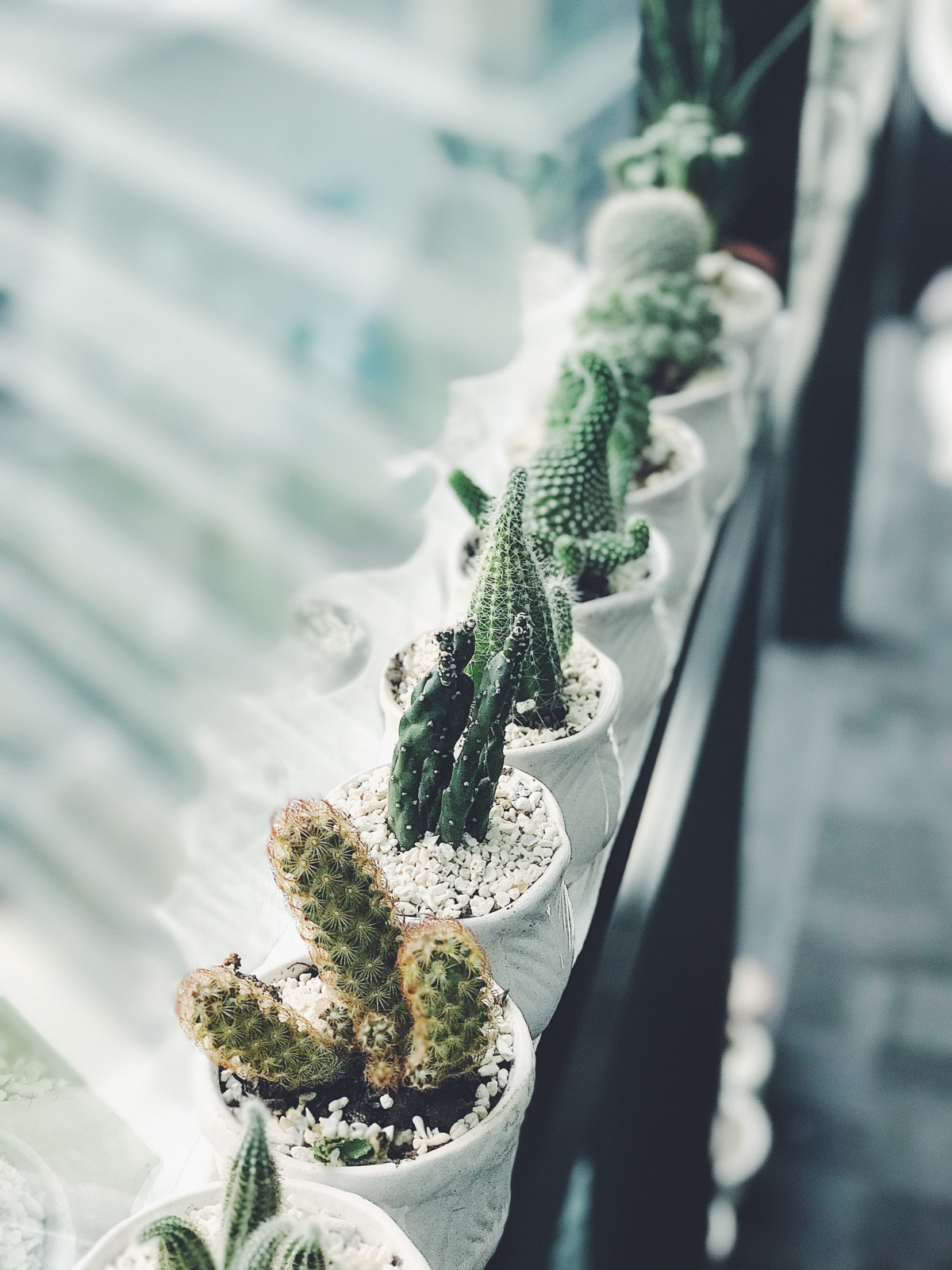
How Often Do You Change Cactus Soil?
Cactus soil isn’t meant to last forever. Over time, it can become compacted, lose its drainage and aeration qualities, and gradually deplete its nutrients. To ensure your cacti continue to grow in a healthy environment, it’s recommended to change their soil every one to two years. This refresh provides them with new nutrients and restores the soil structure necessary for proper growth. When changing the soil, it’s also a good opportunity to inspect the roots for any signs of disease or rot and to adjust the size of the pot if the cactus has grown significantly. Regularly updating the soil is crucial for long-term health and vibrancy of your cacti.
Cactus soil isn’t meant to last forever

@joyusgarden.com
How To Repot a Cactus
Repotting a cactus can be a bit intimidating due to their spiky nature, but with the right approach, it’s a straightforward process. This process is a vital aspect of cactus care, promoting their health and growth. By following these steps, you can ensure a successful transition for your prickly friend into its new home. Here’s a detailed guide to help you repot your cactus safely and effectively.
Repotting a cactus can be a bit intimidating due to their spiky nature
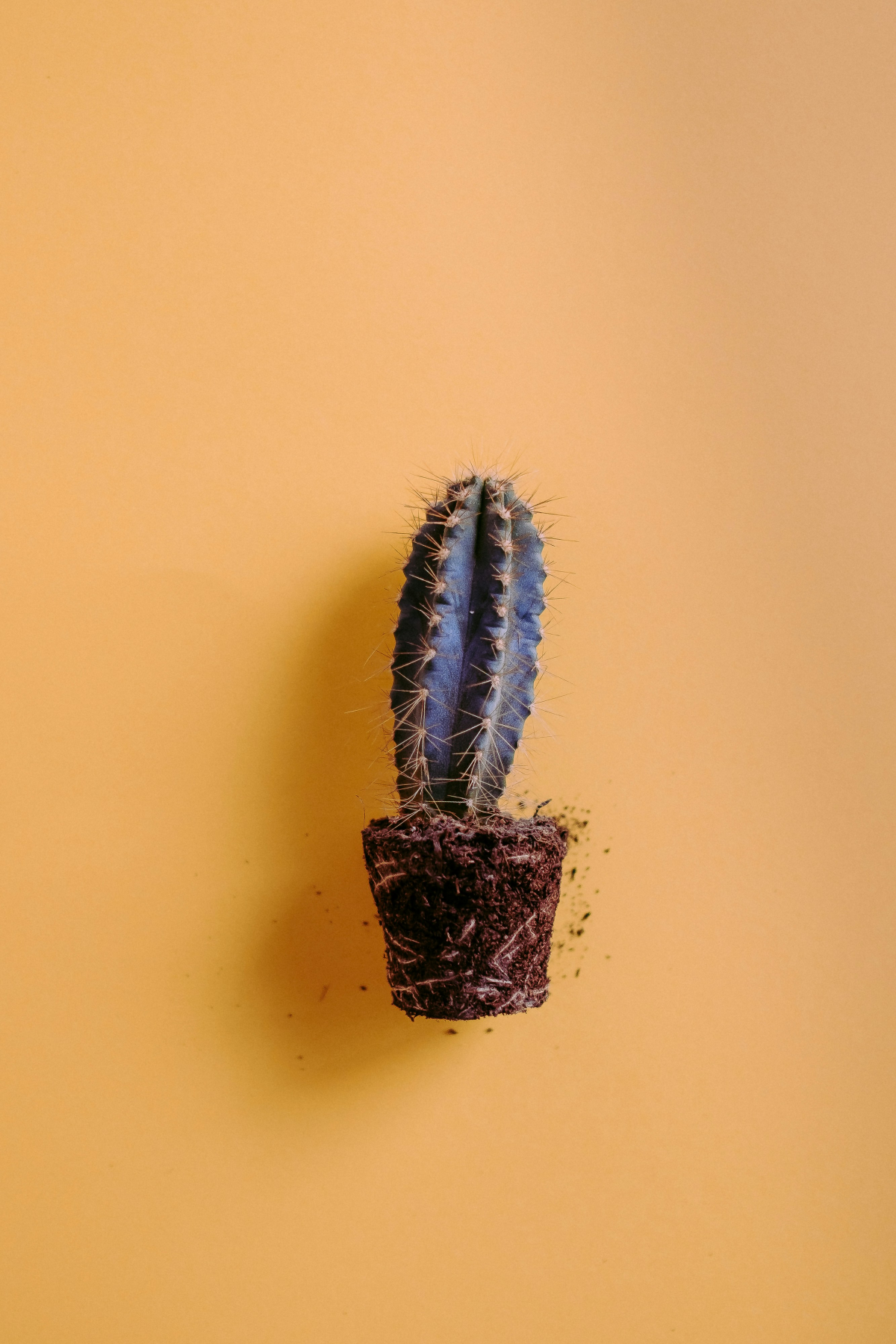
Materials:
- New cactus soil
- A new pot with drainage holes (slightly larger than the current one)
- Gloves (thick ones for protection)
- Tongs or a folded towel/thick cloth
- A small brush or paintbrush
- Watering can
Steps:
- Wear thick gloves to protect your hands from the cactus spines. If the cactus is particularly spiky or large, use tongs or wrap it in a thick towel or cloth to handle it safely.
- Gently tip the existing pot on its side and carefully ease the cactus out. Avoid pulling it by the stem. If it’s stuck, tap the pot’s sides to loosen the soil.
- Once out, use a small brush or paintbrush to gently remove the old soil from the roots. Be careful not to damage the roots.
- Check the roots for any signs of rot or pests. Trim off any unhealthy roots with a sterile knife or scissors.
- Fill the bottom of the new pot with a layer of your cactus soil mix.
- Place the cactus in the center of the new pot. Gradually add soil around the roots, ensuring the cactus stands upright.
- Gently tap the pot on a hard surface to settle the soil. Add more soil if necessary, leaving some space at the top for watering.
- Lightly water the cactus to help settle the soil around the roots. This also removes air pockets.
- Place the repotted cactus in a bright, indirect light area. Avoid watering for the next week to allow any damaged roots to heal.
This process is a vital aspect of cactus care

Important tips
Timing: Spring or early summer, the active growing season for cacti, is the best time to repot.
Watering: Be cautious with watering immediately after repotting. Overwatering can cause stress to the plant, especially if the roots were disturbed.
Handling: Always handle your cactus gently to avoid damage to both the plant and yourself.
Be cautious with watering immediately after repotting

With the right soil and care, growing cacti can be a rewarding experience. Each element of cactus soil works to create a healthy environment for these unique plants. Remember, the best cactus soil is the one that works for your specific conditions and cactus species. Experiment, observe, and adjust as needed to enjoy the beauty and resilience of these remarkable plants.
Each element of cactus soil works to create a healthy environment for these unique plants
